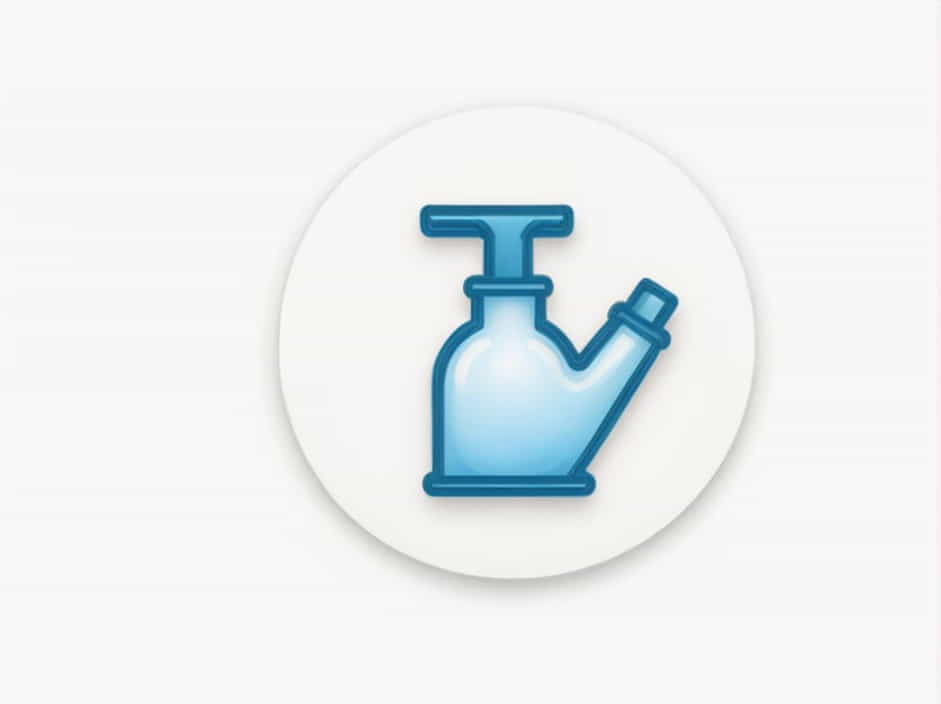A scupper with a hosepipe bottom is an essential drainage component commonly found on ships, buildings, and other structures where effective water removal is crucial. This specialized scupper design incorporates a flexible hose or pipe at the outlet, directing water away efficiently and preventing accumulation that could lead to damage.
This topic will explore what a scupper with a hosepipe bottom is, how it works, where it is used, and why it is beneficial.
What Is a Scupper with a Hosepipe Bottom?
A scupper is an opening in a surface, such as a ship’s deck, a building’s balcony, or an industrial floor, designed to allow water to drain off. When fitted with a hosepipe bottom, the scupper includes a flexible or rigid pipe attachment at the outlet to guide the flow of water in a controlled manner.
This design prevents uncontrolled water discharge, reduces erosion, and directs drainage to designated areas, improving both safety and functionality.
How Does a Scupper with a Hosepipe Bottom Work?
1. Water Collection
Water, whether from rainfall, cleaning, or splashing waves, collects on the surface where the scupper is installed.
2. Drainage Through the Scupper
The water flows through the scupper opening, which is positioned along the edge of decks, balconies, or drainage areas.
3. Guided Discharge via the Hosepipe
Instead of allowing the water to spill freely, the hosepipe bottom directs it to a specific location, such as a drainage system, overboard outlet, or designated disposal area.
4. Preventing Clogging and Backflow
Many scuppers with hosepipe bottoms include grates, screens, or valves to prevent debris from entering and clogging the drainage system.
Common Uses of Scuppers with Hosepipe Bottoms
1. Marine Applications (Ships and Boats)
On ships and boats, deck scuppers fitted with hosepipe bottoms help drain seawater and rainwater safely overboard. This prevents water from pooling on decks, which could cause slipping hazards, corrosion, or instability.
2. Building Drainage Systems
In construction, scuppers with hosepipe attachments are used on rooftops, balconies, and parking structures to direct water runoff to designated drains. This prevents water damage to walls and foundations.
3. Industrial and Warehouse Floors
Factories and warehouses use these drainage systems to remove excess water from washdown areas, loading docks, and chemical spill zones, ensuring safe and dry working conditions.
4. Swimming Pools and Aquatic Facilities
Pool decks and water parks often have scuppers with hose attachments to manage overflowing water and keep walkways dry and slip-resistant.
Key Benefits of a Scupper with a Hosepipe Bottom
1. Improved Drainage Control
The hosepipe bottom allows precise water flow direction, preventing water pooling, erosion, or uncontrolled discharge.
2. Prevention of Structural Damage
Uncontrolled water flow can weaken structures over time. This system helps protect ship hulls, building exteriors, and flooring from prolonged water exposure.
3. Enhanced Safety
By removing excess water efficiently, scuppers help prevent slips, falls, and water-related accidents in both marine and land-based environments.
4. Reduced Maintenance Costs
With controlled drainage, the risk of water damage, mold growth, and corrosion is minimized, reducing long-term repair and maintenance expenses.
5. Versatile Applications
From ships to buildings and industrial sites, this system adapts to different environments, making it a flexible and reliable drainage solution.
Factors to Consider When Installing a Scupper with a Hosepipe Bottom
1. Material Choice
- Stainless Steel – Durable, rust-resistant, and ideal for marine environments.
- PVC or Rubber – Flexible, lightweight, and corrosion-resistant.
- Brass or Bronze – Commonly used in marine applications due to their resistance to seawater.
2. Size and Flow Capacity
The diameter of the scupper and hosepipe should match the expected water volume to ensure efficient drainage without blockages.
3. Positioning and Placement
Scuppers should be installed at the lowest points of decks, balconies, or floors to facilitate natural water flow toward the drainage outlet.
4. Debris Protection
Adding grates, screens, or backflow prevention devices helps prevent clogs and ensures long-term efficiency.
5. Regulatory Compliance
For ships and buildings, drainage systems must comply with safety and environmental regulations to prevent issues like water pollution or improper waste disposal.
Maintenance Tips for Scuppers with Hosepipe Bottoms
1. Regular Cleaning
Check and clean the scupper opening and hosepipe to remove dirt, leaves, and debris that could cause blockages.
2. Inspect for Leaks or Cracks
Ensure that the hosepipe connection is secure and that there are no cracks or leaks in the system.
3. Monitor Drainage Efficiency
If water is pooling instead of draining, check for obstructions, hose kinks, or incorrect installation angles.
4. Replace Worn-Out Components
Over time, rubber and PVC hoses may degrade. Replace them as needed to maintain optimal drainage performance.
A scupper with a hosepipe bottom is a highly effective drainage solution that enhances water management, safety, and structural protection. Whether used on ships, buildings, industrial facilities, or swimming pools, this system ensures controlled water flow and prevents common drainage issues.
By choosing the right materials, positioning the scupper correctly, and performing regular maintenance, you can maximize its benefits and ensure long-lasting performance.
